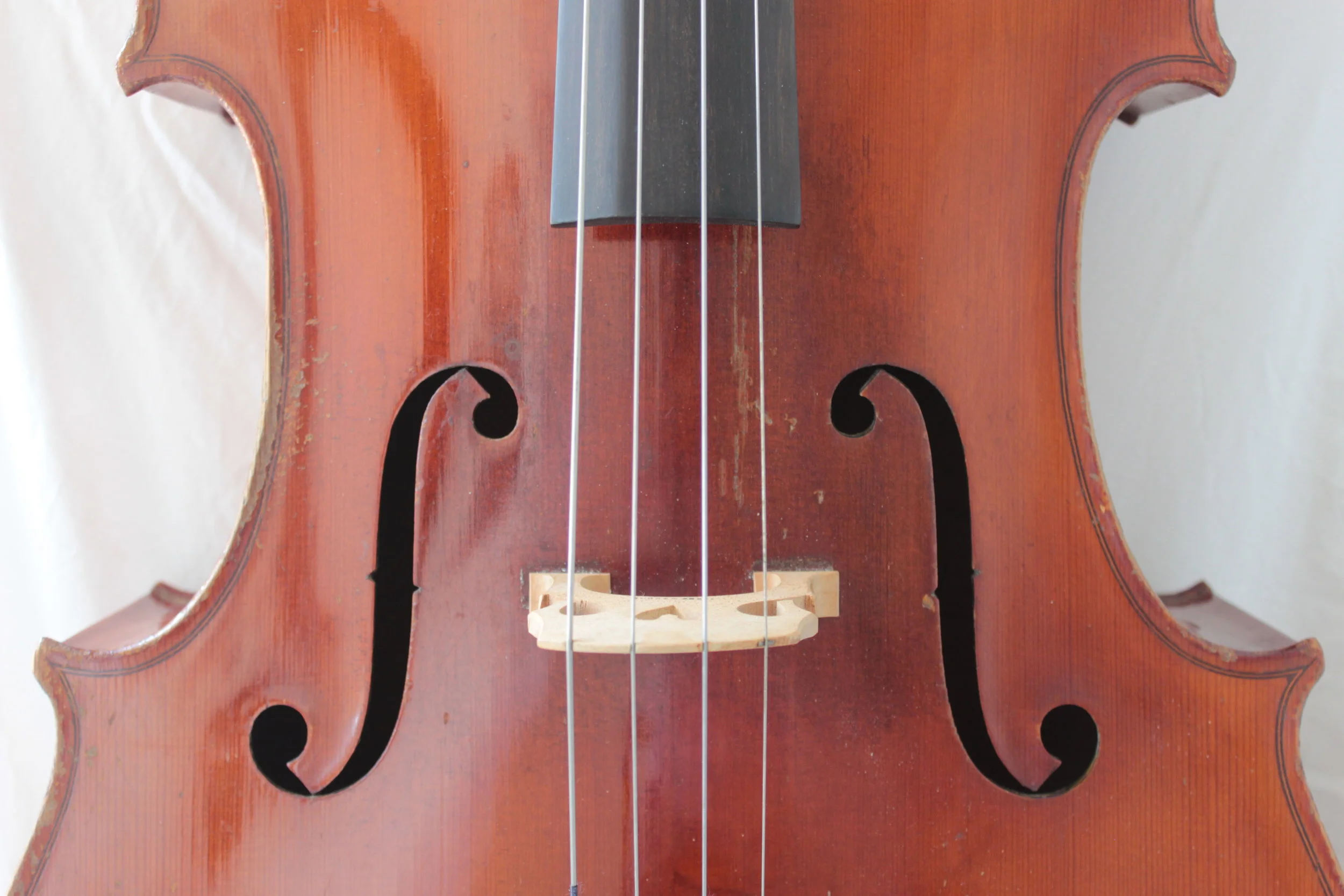Let me just be honest and start it like this: it’s my very first blog post and I will use it to introduce what brought me to this profession and explain a bit why I enjoy it so much.
It started very early, I was seven years old playing the violin and as is the case with owners of instruments there comes a point where something had to be adjusted or repaired. That first time of bringing my instrument for reparation is where I got to know the art and profession of restoring these powerful musical instruments.
I used to have this safety string around the violin attached to my neck in case I would let it fall. Then came a transition phase where I wasn’t using it anymore, and of course there was exactly a moment where the instrument fell bluntly on the floor. Silence in the room, me turning tomato red, seeing the instrument on the ground. I got my speech back fast: “Oh nothing happened” (smile). My teacher replied in a bitter tone: “Unfortunately you are wrong!” The neck broke off and that was a very uncomfortable feeling, especially when I had to listen to the complaints of grownups. But like that I got to know my violin maker Mr. Wagner, an elderly person with the general characteristics of how a seven-year-old would imagine an elderly German craftsman working on wood.
It didn’t take long, maybe two weeks and I had my violin back like new. From that moment I started visiting him on regular basis as he was living in the neighborhood to learn about how one actually goes by repairing something so valuable. I liked the smell of the workshop, the smell of wood, of varnish and of polish. I liked the atmosphere with all of the tools and the workbench. Mr. Wagner was always welcoming me when I called to ask if I could sit in the workshop and watch him repair and restore classical instruments.
Years later, and not anymore in contact, I decided to give violin making a chance at a violin maker in south Germany, to see if I like the job. Indeed, right after that I started informing myself about the possible violin maker schools and options I had available to me.
So just to correct the view of anyone else who still has this image of elderly craftsman working as violinmakers, know that this image changed a lot within the past decades. This field also got more and more interesting for us ladies to work in.
While I was frequenting the violin making school in Cremona I used my holidays to gain more experience in different workshops in Germany and Italy and I met fantastic violin makers with capacities I can only dream of being able to work like that. The necessary skill is training endurance, not giving up, training again, and repeat until perfection. I worked with a lot of Japanese colleagues. Their perfection starts with the sharpening of their tools. I still remember my fingers hurting because of the water and the sharpening stones, next to that I also had to learn the patience and consistency. It took me long to actually understand and see into the detail what they were able to see, and what I had to train to see it myself. As is the case with nearly any other profession, you have to keep your eyes and ears open to new things, because you should always learn something new from whoever you would work with.
One of my last clients in the Netherlands was searching since a long time for a new violin. With her own instrument she was not anymore satisfied, the sound wasn’t anymore full enough and volume was for her career not bright enough. She went from violinmaker, to violinmaker to violinmaker…. Sometimes it happened that she thought that she had found the instrument, took it with her for testing and after some time figuring out that actually it wasn’t the right one. These things happen often there is always something which doesn’t work or lies outside of the budget range, the search for the perfect instrument often seems never ending.
That day I asked her to show me her violin, it was a nice instrument, nothing special but looking good. I advised her to fix the whole setup. To plane the fingerboard, cut a new high quality bridge, put a new tailpiece with lighter material, and finally trying out a different set of strings. I told her that maybe if we do all that, it gives her more space to keep on playing her violin and would give her less stress on her quest to find a perfect one.
This turned out to be was one of those really smooth works, where there was just the possibility to improve. Even if the end result wasn’t 100% what she wanted, it would be still much better than before. When she finally came to pick up her violin and started testing it in the workshop she got this sparkling look in her eyes. She was very excited and got really happy! I heard her playing and thought about the initial problems she on her instrument and suggested another test by changing her e-string which made the sound than finally really brilliant and full and not itchy and metallic like before.
She was really happy and while I don’t know for sure, I can see her still playing on her old violin. The instrument had a great refreshment and I’m sure that it will be somehow played by someone else if not by her. That was a nice experience, seeing her so happy and receiving later on still email to let me know how happy she was. That feeling of helping someone remain loyal to their instrument is what I enjoy the most about my profession.



